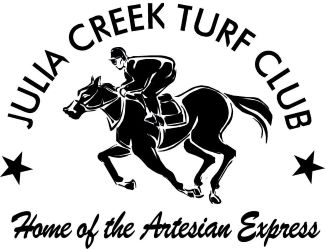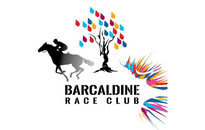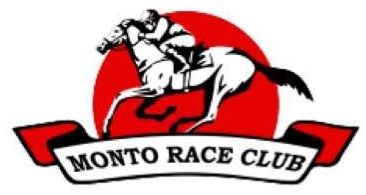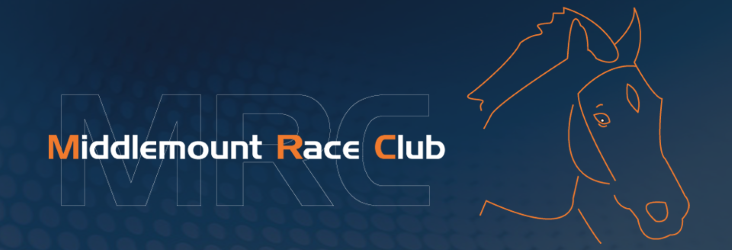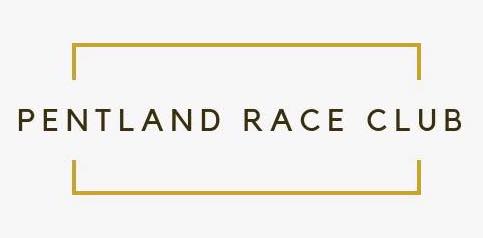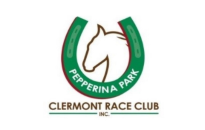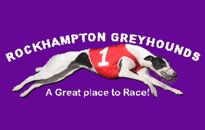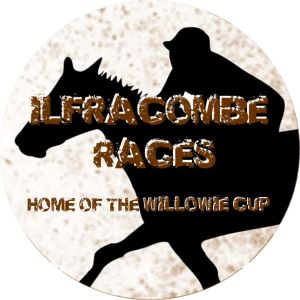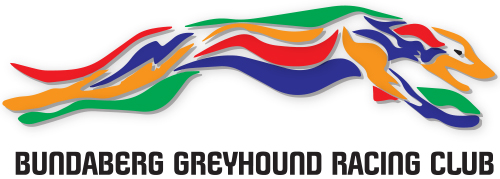
Bahrinna breeding a new generation of First Nations cultural awareness
By Andrew Smith
Dale Anderson is used to growing the thoroughbred ranks through his stud, but is now keen on seeing a new breed of First Nations cultural capability in the racing industry.
The proud Gunaikurnai man runs and owns Bahrinna Thoroughbred Services just south of Beaudesert.
Originally from Victoria, Anderson has been involved in racing and breeding for around 40 years, and counts multiple Group 1-winning trainer Michael Kent amongst his close friends.
He has been on the 100-acre property for around 25 years, catering for around 80 to 100 horses at any one time.
Anderson is also proud to have employed several members of the local mob over the last two decades.
“At the moment there’s just the two of us - sometimes we have an extra employee, but we’re pretty efficient,” Anderson said.
“This year we’re back in numbers, the whole industry is back in numbers actually - we’re foaling down 25, it’s normally around about 30 that we foal down.
“Having a breed-to-race operation, we manage the horses from conception through to end of career.
“We principally focus on breed-to-race and we do sell at the yearling sales but try not to - it’s a very fickle market, you’ve got to have the right product otherwise you just don’t get a return.
“You build long-term relationships with owners that race horses, as opposed to trying to sell to the yearling buyers which are different people, and not necessarily racehorse owners.”

The 60-year-old grew up in Far East Gippsland in country Victoria, home of the Gunaikurnai people.
He can trace his origins back to the Kaurna people in South Australia, whose traditional lands include the Adelaide Plains.
“We use the term apical – my apical, which is the furthest I can go back in European records, is Kaurna in South Australia, but we are completely disconnected because my ancestors were slaves and it was a completely different stolen generation,” Anderson explains.
“When I was a young kid, by chance I was asked to help guide horse safaris into the Victorian High Plains because my father, with his strong connection to the country, knew all the high country tracks in the bush.
“That’s where my connection is - all my stories, all my grandfather’s knowledge, my father’s knowledge and my uncle’s knowledge were all from Gunaikurnai.”

Anderson originally knocked back a farrier apprenticeship, but through connections with trainers, learnt how to ride trackwork and caught the bug for the racing industry.
After riding and training while also maintaining a career in agricultural science, he retired to Beaudesert in 1999 and established the Bahrinna stud.
A connection with renowned breeders Peter and Wendy Moran just 15 minutes away at Noble Park proved fruitful in the early days.
Anderson also chose Bahrinna as the name to pay tribute to the local Bundjalung nation, with the area known locally as Round Mountain.
“The first thing you do when you come on to someone else’s country is you find out what’s important to the mob, what would be considered sacred and what would be an important part of the story,” Anderson said
“I was just looking for a name for the property and one of the words from my grandfather’s language is Bahrinna which means mountain top so I just thought that was a nice name, I’ll go with that.
“We are principally about racing, and we thought we would breed a couple of broodmares out of interest, and we walked a couple of mares on to Mossman and Success Express, who stood up the road at Noble Park, they were very successful stallions.
“The owner of that property, Peter Moran, asked me ‘can you take a few broodmares for me because I’ve run out of space?’ and just walked the mares on and I said yeah, so he sent me 40 mares and that’s where it started.”

The Lindsay Gough-trained Viminele is one of the stud’s recent success stories, having been bred out of a Spill The Beans/Gala Affair pairing.
The five-year-old has scored six wins and three placings from 20 starts, his most recent coming in a Benchmark 85 Handicap at Doomben in late August.
Other Bahrinna products Bullion Boy posted a victory at Eagle Farm with Jimmy Orman in the saddle on October 19, while Better Breakout has trailed well in Rosehill in recent weeks.
But Anderson says some of the best success stories have not come from the foals he has produced.
They have come from local First Nations workers he has employed over the last two decades.
“All the mob that have worked in my place over the years, they absolutely love the connection to country and they love to be involved,” Anderson said.
“They have all taken to the horses - they’ve got an empathy with horses and with animals, they all want to do it, they just don’t get the opportunity.
“Some of the best horsemen I’ve ever seen in my life have been out on cattle stations, and I think it’s just about opportunity and understanding.
“There’s opportunity in studs, but horses have to be fed seven days a week and issues happen all the time so you’ve got have an understanding it’s not a 9 to 5 job - but it’s a great job.
“If you’ve got a passion for the industry and want to work with horses, you probably need to compromise a couple of things.”

Anderson is keen to see more Aboriginal and Torres Strait Islander workers enter the industry, especially in the breeding aspect and in the off-the-track areas.
But he believes there is still work to be done in educating owners, trainers and other racing participants in awareness of First Nations culture.
“I would be interested in helping look at pathways for First Nations, and it will require some cultural capability training,” Anderson said.
“Because our community’s a bit complex, and to take someone on that will be loyal and really do a good job for you, you need to be able to have some flexibility and that requires some education.
“(Racism) hasn’t really happened to me as I’m pale-skinned but I’ve seen it and have been exposed to it and got in a lot of arguments about the perceived benefits that go to First Nations people, and people being disrespectful.
“It’s just a lack of understanding and a lack of education.
“The issues at First Nations are complex and hard to understand so people tend to take the easy answer and the easy answer is not the true answer.”

Anderson would also like to see more recognition for the traditional owners of the lands which are occupied by racetracks around Queensland.
The stud owner said his experiences while riding trackwork at the Beaudesert track years ago had fueled his push to acknowledge the cultural significance of venues.
“There’s a billabong that runs around the back of the tie-up stalls at Beaudesert and I got told by the local mob that it’s a scared waterhole and home of the Warrajun spirit, which is important to the Mununjali people” Anderson said.
“There’s nothing at the racetrack, no signs up or anything to tell me or anyone that’s cultural coming into the racetrack that ‘hey, this is a really important sacred site.’
“It’s not significant to mainstream Australia but to me, it was significant to know that that was one of their sacred sites.
“I know a few tracks around that have some significance attached to them and it would be nice to have that recognised and how they fit into whatever mob lives there.”
Click here to see the map of locations of race clubs across Queensland and the traditional names of the country where the club is located.

